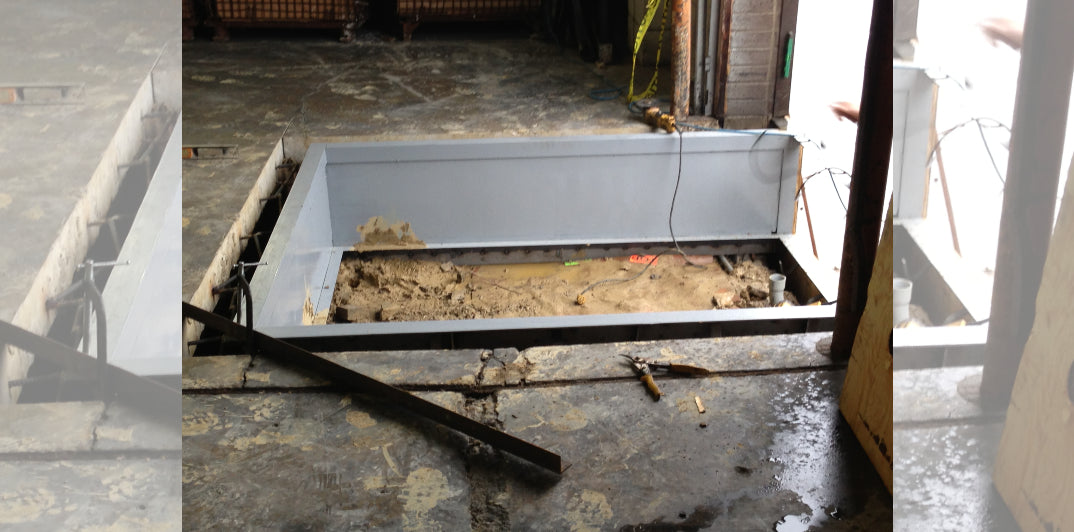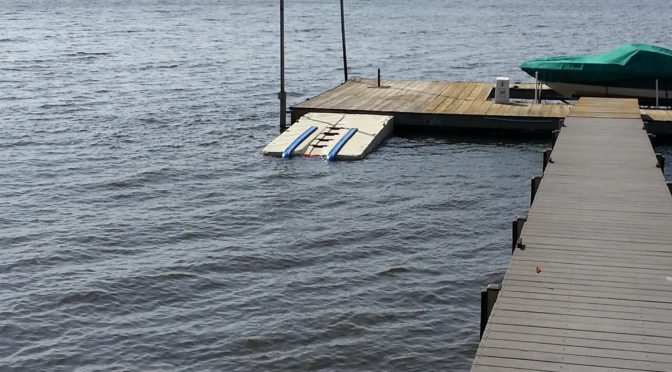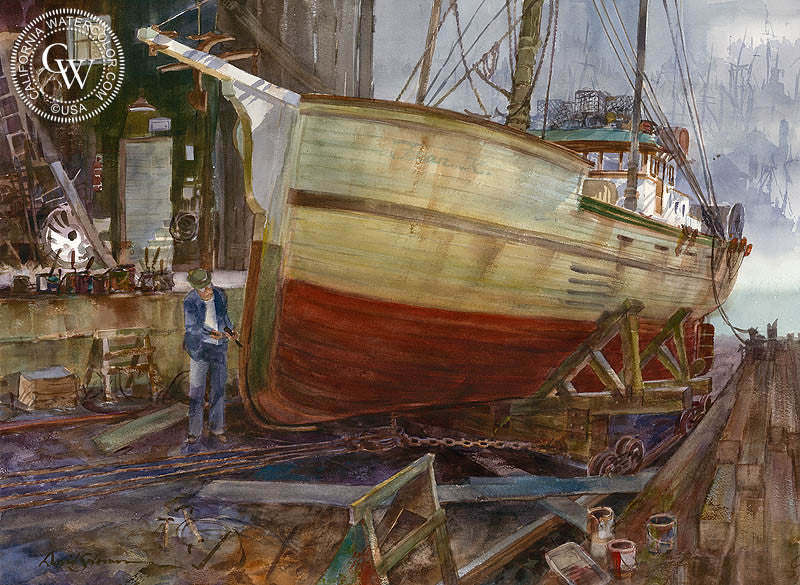Reliable Dock Repair Work Techniques: Guaranteeing Architectural Honesty
Making certain the structural stability of anchors with efficient repair strategies is paramount for the durability and safety of marine centers. This includes a multi-faceted method beginning with comprehensive inspections making use of innovative modern technologies like finder devices and from another location ran automobiles (ROVs) to detect both noticeable and hid problems. Subsequently, choosing the right repair service products, such as corrosion-resistant alloys and composite materials, is vital for longevity. Architectural reinforcement techniques, consisting of the implementation of cross-bracing systems and load-distribution plates, play a vital function in mitigating stress points. The relevance of these strategies comes to be apparent when exploring sophisticated repair work approaches and preventative maintenance strategies.
Examining Dock Damages
Evaluating dock damage is a vital very first step in guaranteeing the architectural honesty and safety of any type of docking facility. This first examination involves a comprehensive evaluation to identify both noticeable and concealed problems. Trick facets to analyze include the dock's foundation, pilings, decking, and equipment. Each part must be inspected for signs of wear, rot, corrosion, or other forms of degradation that could endanger the architectural stability.
Architectural designers or certified assessors usually do these evaluations making use of specialized methods and tools. Underwater examinations may employ sonar equipment or remotely ran automobiles (ROVs) to find immersed damage. Over water, visual inspections are complemented by using moisture meters and other diagnostic tools to uncover underlying concerns not right away noticeable to the naked eye.

Finding Repair Service Materials
Selecting the ideal repair work products is a pivotal step in the dock reconstruction procedure, one that straight affects the durability and performance of the repaired framework. Product selection have to be driven by elements such as environmental problems, load-bearing requirements, and compatibility with existing dock parts.
In enhancement to wood, composite products are significantly preferred as a result of their resilience and low upkeep needs. Compounds, typically made from a blend of plastic and wood fibers, provide outstanding resistance to rot, bugs, and UV damage. For steel anchors, picking corrosion-resistant alloys such as galvanized steel or marine-grade light weight aluminum is necessary to stop corrosion and ensure structural stability in saline water conditions.
Epoxy resins and marine-grade sealants are important for fixing cracks and sealing joints, offering a water resistant barrier and boosting the dock's general stamina. By carefully choosing top notch products, dock repair services can achieve lasting results, consequently securing against future deterioration and making certain secure, dependable use.
Architectural Support Methods
Effective architectural support strategies are important in ensuring the security and durability of dock repair work. One fundamental approach includes using steel or composite support bars (rebar) within concrete frameworks. Rebar gives additional tensile toughness, preventing cracks and distributing loads extra evenly. This approach is especially efficient for anchors exposed to heavy loads or rough ecological conditions.
Another crucial strategy is the application of fiber-reinforced polymers (FRP) These products use high strength-to-weight proportions and superb resistance to rust, making them ideal for enhancing wood or concrete anchors. FRP can be applied in strips or sheets and bound with epoxy materials to boost structural honesty.
Supporting and anchoring systems also play a critical function in architectural support. Cross-bracing, making use of steel or wooden light beams, can combat lateral forces, lowering persuading and movement. Anchoring systems, such as helical piers or driven stacks, give a stable foundation by moving loads to much deeper, more secure soil layers.
Finally, the integration of load-distribution plates can aid disperse weight more evenly throughout the dock's surface area, mitigating local stress and anxiety factors. These techniques jointly guarantee that docks continue to be secure and durable, capable of standing up to the roughness of their operational atmosphere.
Advanced Repair Service Methods

An additional advanced use this link technique includes underwater welding, which permits for repairs to be conducted without the demand to dewater the location. This technique is specifically beneficial for dealing with architectural problems in immersed dock elements, ensuring very little disturbance to operations. Improved welding strategies, coupled with robotic systems, supply precision and dependability, thereby extending the life-span of the dock.
In addition, cathodic security systems are implemented to avoid corrosion in metal dock frameworks. By using sacrificial anodes or pleased current systems, these techniques effectively reduce the electrochemical processes that bring about product damage.
Last but not least, advanced monitoring technologies, such as architectural wellness monitoring (SHM) systems, give real-time information on the condition of dock structures. These systems enable positive upkeep and prompt interventions, inevitably ensuring the long-term structural honesty of the dock.
Maintenance and Prevention
Maintenance and prevention are basic ideas that underpin the durability and safety and security of dock structures. Regular assessments are vital, enabling early detection of deterioration, prospective weaknesses, and environmental impacts. A positive approach, involving routine look for corrosion, rot, and architectural changes, reduces expensive fixings and extends the dock's operational life.
Precautionary actions ought to consist of applying safety coatings to steel parts to secure against rust and making use of cured wood to withstand degeneration. Additionally, guaranteeing proper water drainage and ventilation can prevent water accumulation, which is a common cause of structural destruction. Incorporating high quality materials and sticking to supplier standards during building and construction and fixing phases also play essential functions in enhancing longevity.

Training personnel in dock upkeep ideal practices makes certain regular application of safety nets. Leveraging technical advances, such as drones for inspections and sensing units for real-time monitoring, can additionally boost maintenance initiatives. By prioritizing maintenance and avoidance, dock this proprietors can make certain architectural stability, functional security, and cost-effective management over the dock's life expectancy.
Conclusion
Finally, maintaining the structural integrity of aquatic facilities requires comprehensive dock repair service methods. Detailed assessments utilizing innovative tools discover both visible and concealed damages, while the selection of appropriate repair service products improves toughness. Executing structural reinforcement methods addresses stress and anxiety factors properly. Advanced fixing strategies, coupled with normal maintenance methods, make sure the dock continues to be operational and secure under varied ecological conditions. Adopting these strategies substantially extends the life expectancy and capability of aquatic infrastructure.
Guaranteeing the structural honesty of anchors with effective fixing methods is paramount for the longevity and security of marine centers.Choosing the proper repair materials is an essential action in the dock remediation procedure, one that straight affects site the durability and performance of the fixed framework.Efficient structural reinforcement methods are crucial in making certain the stability and long life of dock fixings. By prioritizing upkeep and avoidance, dock proprietors can guarantee architectural integrity, operational security, and cost-efficient administration over the dock's lifespan.
In conclusion, maintaining the architectural stability of marine facilities necessitates thorough dock repair service techniques.